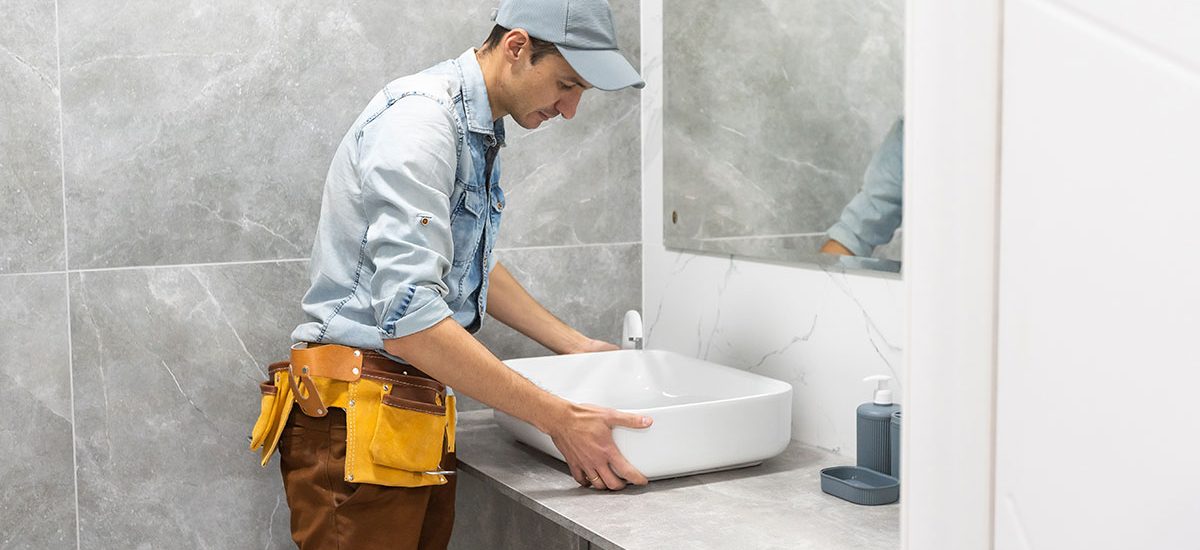In today’s fast-paced world, plumbing has evolved significantly, incorporating advanced techniques and technologies that enhance efficiency, reliability, and sustainability. Here’s a look at some of the modern techniques revolutionizing the plumbing industry.
1. Trenchless Technology
Trenchless technology has transformed the way plumbing repairs and installations are conducted. This method allows for the replacement or repair of underground pipes without extensive digging, minimizing disruption to landscaping and existing structures. Using techniques like pipe bursting and horizontal directional drilling, plumbers can complete jobs more quickly and with less environmental impact.
2. Video Camera Inspections
Gone are the days of guesswork when diagnosing plumbing issues. Video camera inspections allow plumbers to visually inspect pipes and drains, identifying blockages, cracks, or root intrusions with precision. This technology not only saves time but also provides clients with a clear understanding of the problem and the necessary solutions.
3. Smart Plumbing Systems
With the rise of smart home technology, plumbing systems are becoming increasingly integrated with IoT (Internet of Things) devices. Smart faucets, toilets, and leak detection systems can be monitored and controlled remotely, providing homeowners with enhanced convenience and immediate alerts for potential issues, helping to prevent costly water damage.
4. Eco-Friendly Solutions
Modern plumbing also emphasizes sustainability. Techniques such as rainwater harvesting, greywater recycling, and the use of low-flow fixtures help conserve water and reduce utility bills. Additionally, materials like PEX (cross-linked polyethylene) pipes are not only flexible and easy to install but also reduce energy consumption during production.
5. Hydronic Heating Systems
Hydronic heating, which uses water to transfer heat, is an efficient way to heat homes. This system can be integrated with plumbing to provide comfortable, consistent heating while minimizing energy costs. It’s especially popular in colder climates and offers a more energy-efficient alternative to traditional heating methods.
6. Pipe Relining
Instead of replacing damaged pipes, pipe relining offers a less invasive solution. This technique involves inserting a resin-coated liner into the existing pipe, which hardens to form a new, durable pipe within the old one. It’s a cost-effective way to extend the life of plumbing systems without the hassle of major excavation.
Conclusion
Modern plumbing techniques are designed to improve efficiency, reduce environmental impact, and enhance customer satisfaction. By embracing these advancements, plumbing professionals can offer superior services that meet the evolving needs of today’s homeowners and businesses. Whether it’s through innovative technologies or sustainable practices, the future of plumbing is not only about fixing leaks but also about creating smarter, more efficient systems for a better tomorrow.


